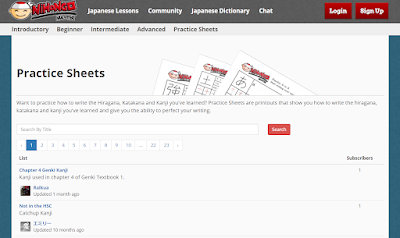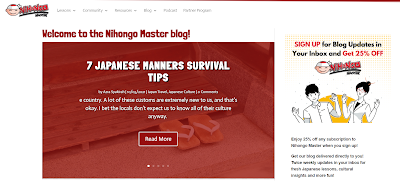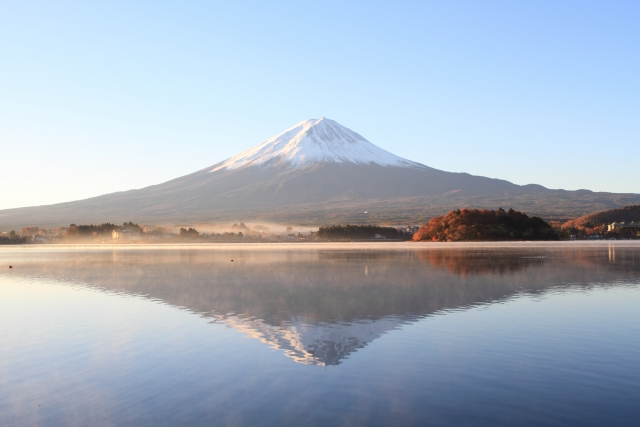1. Be Open to New Things
Japan is a great place to live but is a completely different living experience from anything that you are used to back home. There are a lot of things here in Japan that you will find totally different from your home country. For example, no trash cans in public places, super early last trains (tough when you want to go out for dinner or a drink or two), and banks closing at three in the afternoon.
Don’t be afraid of these differences but embrace them and your new life in Japan.
 |
| "Japan Trains" by shibuya246 is marked with CC BY-NC 2.0. |
2. Be Prepared to Follow the Rules
Japan is a country that lives and functions by rules and everyone obeying them. Group harmony is more important than any one individual. Some of these rules can seem excessive or overboard but need to be followed in order to get anything done. These rules can be found in basic things in everyday life. For example, simply ordering a hamburger at McDonalds. I once wanted to order a Big Mac without any pickles and an extra serving of cheese. This really threw the poor girl serving me into confusion and panic with alarm bells going off in the restaurant. The restaurant manager was soon on hand, profusely apologizing for not being able to customize my meal. In Japan, A Big Mac is a Big Mac!
 |
| "McDonalds" by Stephen Cannon is marked with CC BY-NC-SA 2.0. |
3. English is not Widely Spoken Outside the Big Cities
One thing that really surprised me when I first arrived in Japan was how little English was spoken outside of the major cities and tourist areas. Most Japanese only speak Japanese and very few are willing or capable of speaking English. This has been getting slightly better in recent years, especially with the Tokyo 2020 Olympics happening last year. If you are planning to live in a more rural location or even just outside of a big city, it is definitely a good idea to learn some of the language. For work, most companies will require that you have at least basic Japanese skills in order to work effectively and communicate with your Japanese co-workers. English speaking jobs in Japan can be found in most of the major cities such as Tokyo and Osaka.
 |
| "Tokyo By Night" by 4 Colour Progress is marked with CC BY-NC 2.0. |
4. Japanese Culture is Unlike any Other
It is easy to get baffled by the many customs and traditions here in Japan, especially for someone new to the country. A great deal of patience is required in order to live stress free. It is a good idea to brush up on some basic culture and social etiquette to avoid any faux pas. Important things to learn include how to handle chopsticks (placing them incorrectly could symbol death), how to greet colleagues at work, how to exchange business cards in the correct manner and the correct social protocol for eating out on the street, riding the train, or entering someone’s house.
Luckily the Japanese are very welcoming and forgiving, so if you do make a mistake, they will brush it off as someone new to the country and you will not have to live with the shame your whole life.
 |
| "Meishi" by dominiekth is marked with CC BY 2.0. |
5. The Work Culture
One of the biggest challenges in Japan is understanding the work culture. The Japanese are known for being some of the hardest working people on the planet. Japan is notorious for its lifetime employment process and employees working overtime for the good of the company. Belonging to a group and working well within that group is much more important than standing out as an individual. The workplace culture expects employees to dedicate themselves to the workplace as an extension of their own family. Working 12-hour days is not uncommon and it is rude to leave the office before your boss. The work culture is one point that I would like to elaborate a little more on in a future post.
 |
| "Shibuya Crossing" by J. Damasio is marked with CC BY 2.0. |




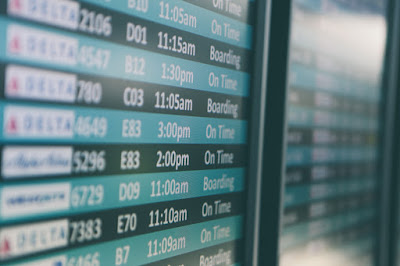
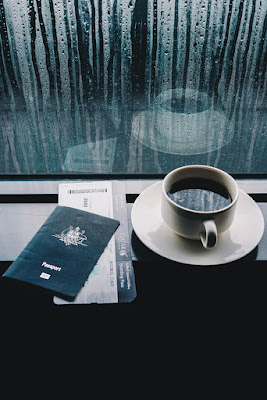



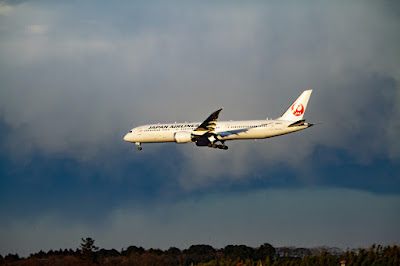


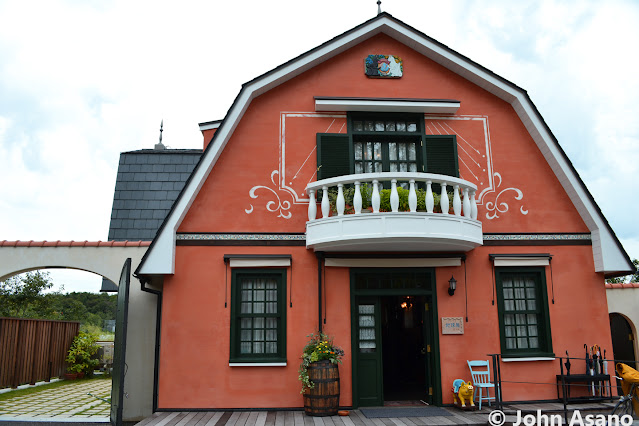


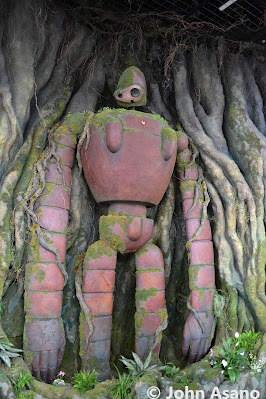


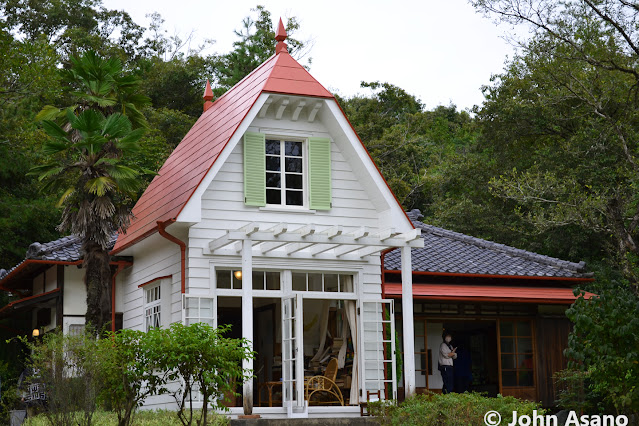







.png)



